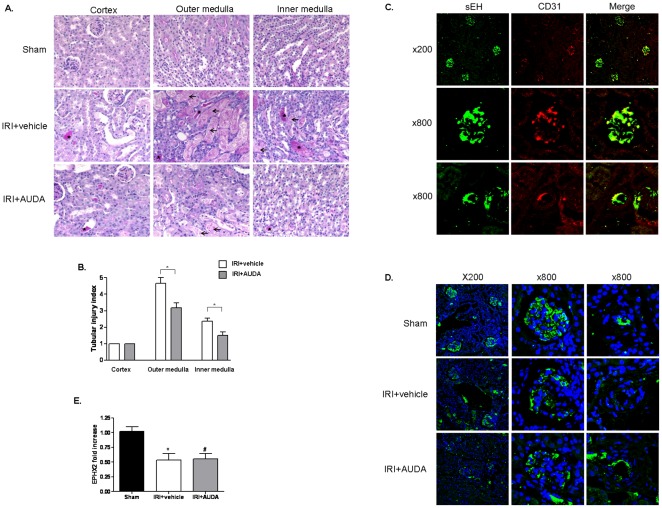Figure 2. Effects of 12-(3-adamantan-1-ylureido)-dodecanoic acid (AUDA) on renal expression of soluble epoxide hydrolase (sEH) in ischemia-reperfusion injury (IRI) in kidneys.
A: Histological changes were consistent with the functional changes (×200). IRI induced tubular necrosis, consisting of disruption and sloughing of tubular epithelial cells. Arrows indicate necrotic tubules, and asterisks indicate tubular casts. Tubular injury was increased in disease-control mice compared to AUDA-treated mice. B: Expression was quantified by a renal pathologist in a blinded fashion (*P<0.05). Scores ranged from 1–5, based on the percentage of tubules affected (1: <10%; 2: 10–25%; 3: 25–50%; 4: 50–75%; 5: >75%). C: sEH was expressed in the endothelium of intraglomerular capillary loops and peritubular capillaries. D and E: Ischemic injury induced the down-regulation of sEH, but AUDA administration had no effect on sEH expression. DAPI was used as counterstaining. EPHX2, gene encoding sEH.

